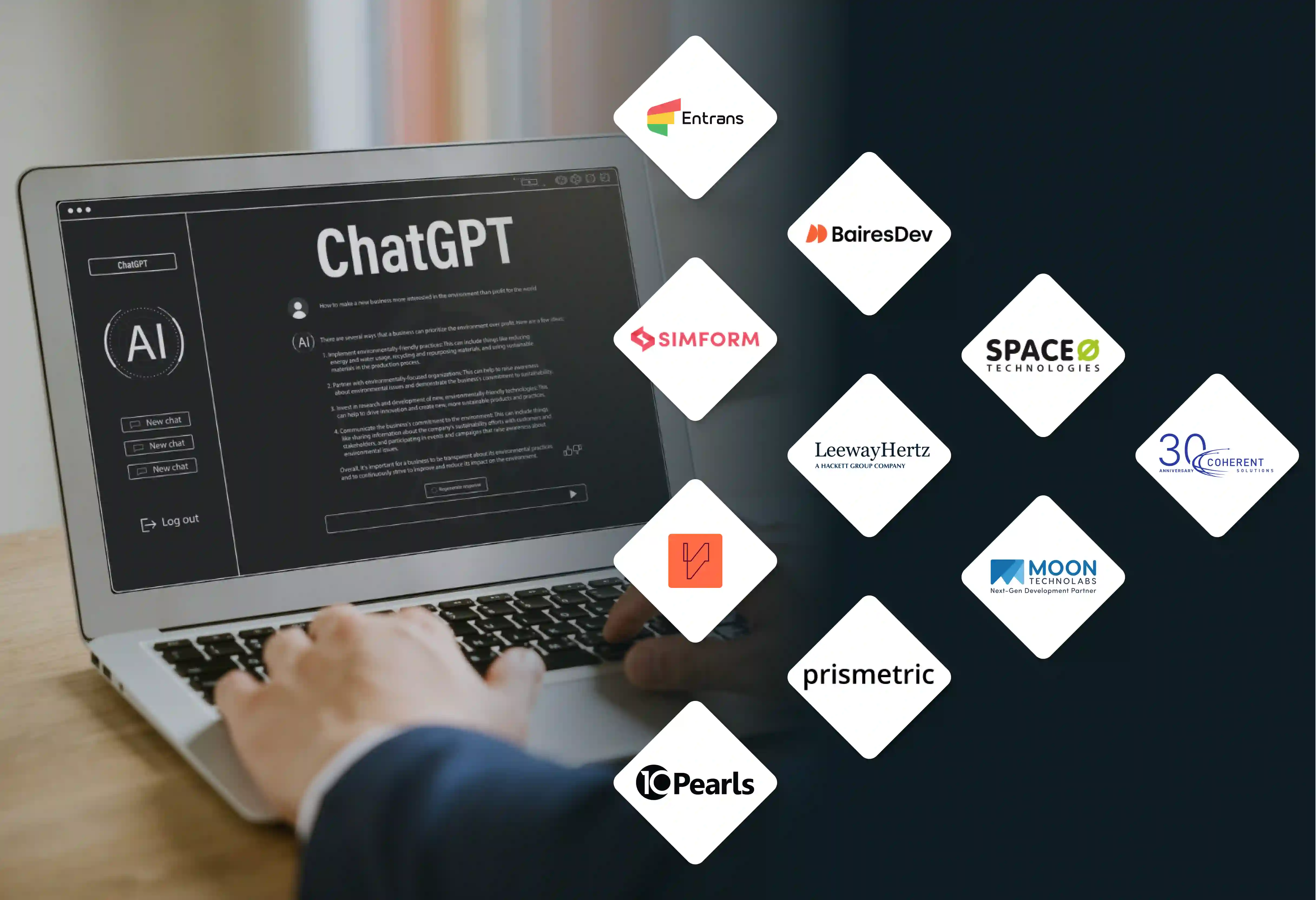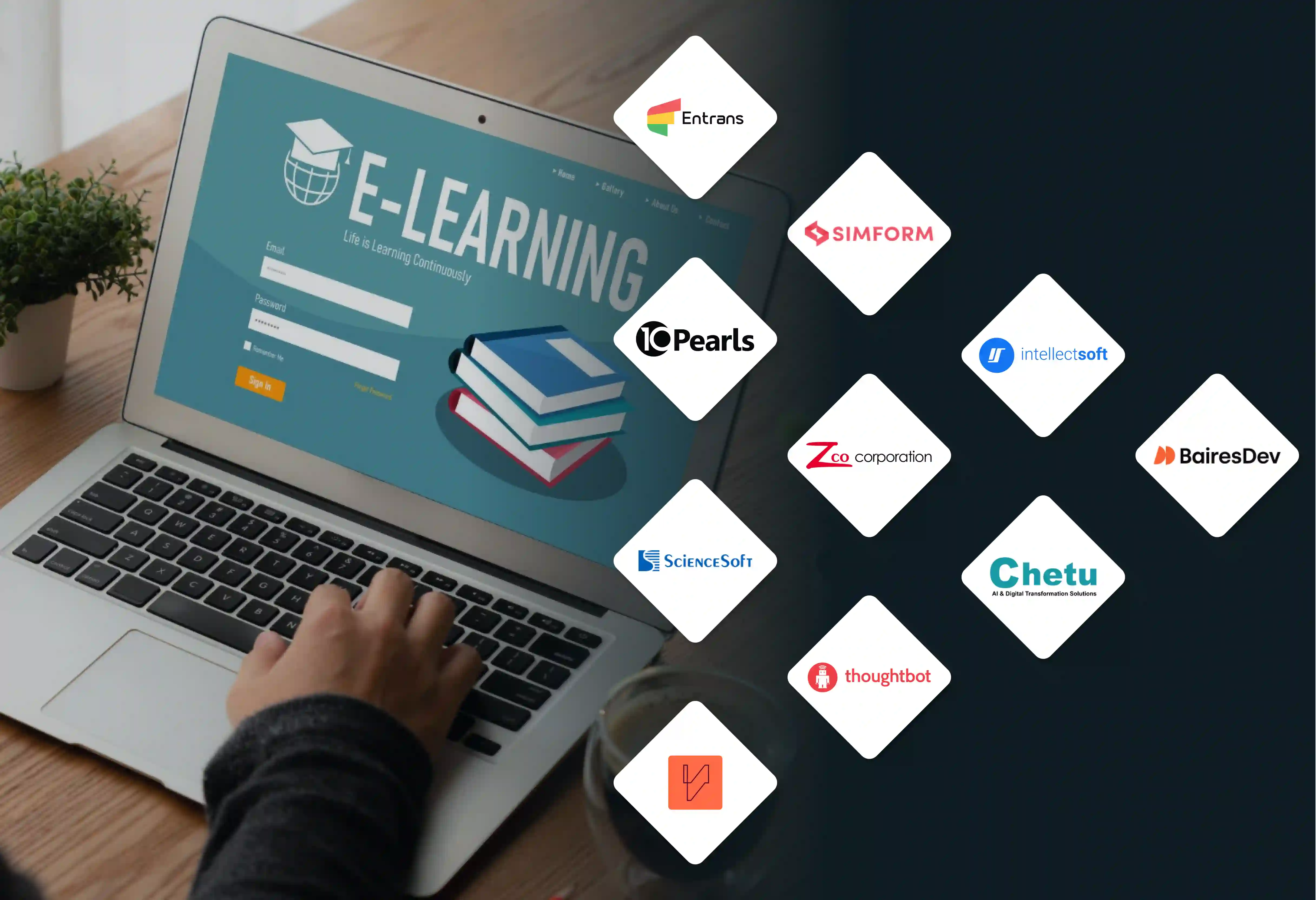


Data plays a key role in shaping decisions in today's business world. Companies and researchers analyze large amounts of information to uncover useful insights. However, two terms often cause confusion: data analytics and data analysis. While they are closely linked, they serve different purposes in how businesses interpret and act on data-driven insights.
This blog explores data analytics vs. data analysis, breaking down their key differences, real-world applications, and how businesses can make the best use of them. By the end, you’ll know which approach fits your needs and why Entrans is the right choice for data-driven success.
Data analysis is the process of reviewing, organizing, and making sense of data to find meaningful insights. It involves using numbers and logical methods to spot trends, patterns, and connections in data. Businesses rely on data analysis to learn from past results, measure progress, and make smart choices.
A retail business studying sales records might notice that online purchases rise over weekends. This finding helps them adjust their online ads to attract more customers and boost revenue.
Data analytics is a wide-ranging approach that involves gathering, organizing, and studying data to uncover useful patterns. It includes different methods, such as machine learning, forecasting, and automated processes, to support smarter choices.
A hospital studies patient records to spot health patterns and predict disease outbreaks, helping doctors plan better treatments in advance.
A global fashion retailer, Zara, continuously analyzes its sales data across different locations to understand customer buying trends. By studying past sales reports and inventory turnover rates, Zara identifies which clothing styles perform best in each region. This helps the company optimize its inventory, reduce overstock, and ensure popular products remain available, leading to higher customer satisfaction and increased sales.
Hospitals like Mayo Clinic use data analysis to track patient readmission rates and identify patterns in post-treatment outcomes. By examining past patient records and treatment efficacy, they can pinpoint the factors contributing to frequent hospital visits. This insight helps healthcare providers improve patient care strategies, reduce readmission rates, and develop personalized treatment plans.
JPMorgan Chase employs data analysis to review past loan default rates and identify risk factors in lending. By analyzing historical financial data, including credit scores, income stability, and repayment histories, the bank refines its lending policies to mitigate risks. This enables them to make more informed decisions when approving loans and setting interest rates.
Financial institutions like Citibank use machine learning-powered fraud detection to identify suspicious transactions in real time. By analyzing patterns in customer spending behavior, their analytics systems flag unusual activities, such as a sudden high-value transaction from a different country. These alerts help banks prevent fraud before it occurs, saving millions of dollars annually.
SaaS companies like Spotify use predictive analytics to analyze customer behavior and anticipate churn. By tracking user engagement metrics, such as listening frequency, playlist interactions, and subscription cancellations, Spotify’s AI models predict which users are likely to leave. The company then implements personalized offers, such as discounted plans or exclusive content, to retain at-risk customers.
E-commerce platforms like Amazon leverage predictive analytics to optimize inventory management. By analyzing past sales, seasonal demand trends, and supply chain data, Amazon ensures warehouses are stocked with the right products at the right time. This minimizes delays, prevents stock shortages, and improves overall customer satisfaction. Their AI-powered inventory system also suggests warehouse placements to minimize shipping times.
Deciding between data analytics and data analysis depends on what you need for your business:
A retail store might study past sales to understand buying patterns, while data analytics helps forecast future demand and plan inventory more effectively.
At Entrans, we create data solutions designed to meet your business needs. Whether you need data analysis to find useful insights or advanced analytics to predict future trends, our knowledge helps you make better decisions.
Knowing the difference between data analysis and data analytics helps businesses make better choices with data. While data analysis looks at past information to find patterns, data analytics helps predict future trends for smarter planning.
By using both methods, businesses can run more efficiently, improve customer experiences, and make smarter decisions with data. Working with Entrans gives you access to advanced analytics tools that fit your needs.
Ready to unlock the power of data? Contact Entrans today!






